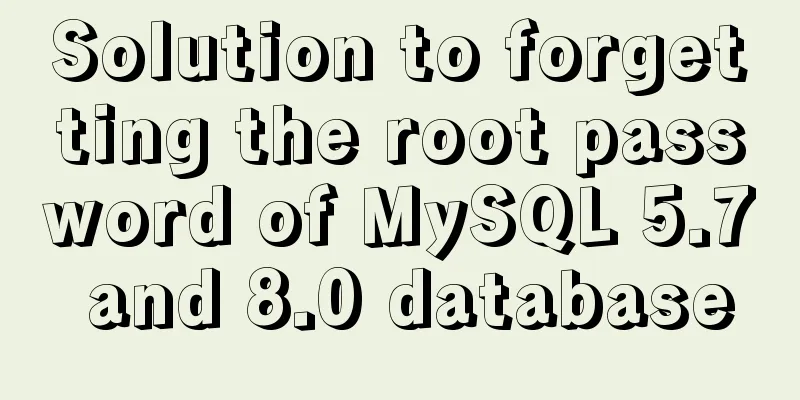Mysql Chinese sorting rules description

|
When using MySQL, we often sort and query a field. We usually want to sort by the first letter of the Chinese pinyin. However, when sorting Chinese characters in MySQL, the sorting results of Chinese characters are often wrong. This situation exists in many versions of MySQL. If this problem is not solved, MySQL will not be able to actually process Chinese. The reason for this problem is that MySQL is case-insensitive when querying strings. When compiling MySQL, the ISO-8859 character set is generally used as the default character set. Therefore, the case conversion of Chinese encoded characters during the comparison process causes this phenomenon. After checking the information, there are two solutions:1. Add the "binary" attribute to the field containing Chinese characters so that it can be compared as a binary field. For example, change "name varchar(10)" to "name varchar(10)binary". 2. If you do not want to modify the table structure or recompile MySQL, you can also use the CONVERT function in the order by part of the query statement. For example, if the name field is in Chinese and needs to be sorted, you can write select * from mytable order by CONVERT(name USING gbk); Supplement: MySQL database default sorting problem 1. MySQL official answer:SELECT * FROM tbl -- this will do a "table scan". If the table has never had any DELETEs/REPLACEs/UPDATEs, the records will happen to be in the insertion order, hence what you observed. This means that if a MyISAM engine table is not deleted or modified, and a select statement without order by is executed, the table will be sorted in the order of insertion. If you had done the same statement with an InnoDB table, they would have been delivered in PRIMARY KEY order, not INSERT order. Again, this is an artifact of the underlying implementation, not something to depend on. For InnoDB engine tables, under the same circumstances, select without order by will sort by primary key, from small to large. 2. View the database engine command:(1) View the engine used by a table show create table; (2) Check which engines MySQL supports show engines; The above is my personal experience. I hope it can give you a reference. I also hope that you will support 123WORDPRESS.COM. If there are any mistakes or incomplete considerations, please feel free to correct me. You may also be interested in:
|
<<: Vue Page Stack Manager Details
>>: HTML Tutorial: Collection of commonly used HTML tags (5)
Recommend
Detailed explanation of the problem of configuring servlet url-pattern in tomcat
When configuring web.xml for tomcat, servlet is a...
HTML table markup tutorial (41): width and height attributes of the table header WIDTH, HEIGHT
By default, the width and height of the header ar...
Use nexus as a private library to proxy docker to upload and download images
1. Nexus configuration 1. Create a docker proxy U...
Vue 2.0 Basics in Detail
Table of contents 1. Features 2. Examples 3. Opti...
Solution to uninstalling Python and yum in CentOs system
Background of the accident: A few days ago, due t...
MySQL 8.0.22 winx64 installation and configuration method graphic tutorial
The database installation tutorial of MySQL-8.0.2...
In-depth understanding of MySQL various locks
Table of contents Lock Overview Lock classificati...
Detailed explanation of JavaScript function introduction
Table of contents Function Introduction function ...
Analysis of the implementation process of Nginx high availability solution in production environment
Preparation: 192.168.16.128 192.168.16.129 Two vi...
jQuery achieves seamless scrolling of tables
This article example shares the specific code of ...
Detailed explanation of configuring Docker's yum source and installing it in CentOS7
CentOS7 is used here, and the kernel version is [...
Three Ways to Find the Longest Word in a String in JavaScript (Recommended)
This article is based on the Free Code Camp Basic...
Use CSS to draw a file upload pattern
As shown below, if it were you, how would you ach...
Introduction and usage of Angular pipeline PIPE
Preface PIPE, translated as pipeline. Angular pip...
Tutorial diagram of using Jenkins for automated deployment under Windows
Today we will talk about how to use Jenkins+power...









